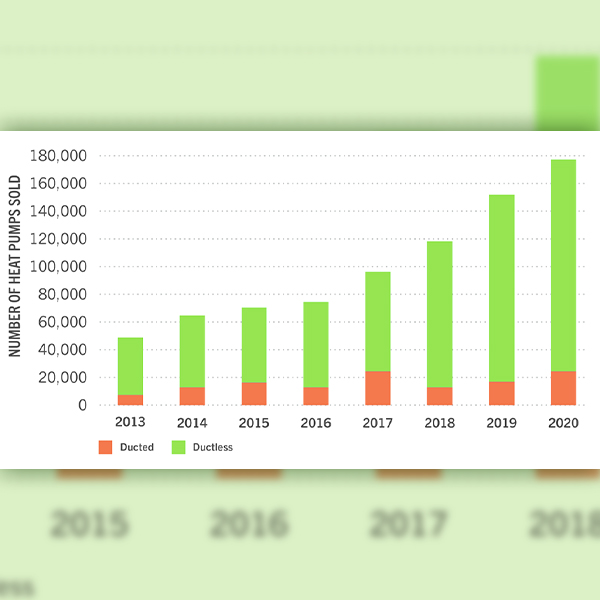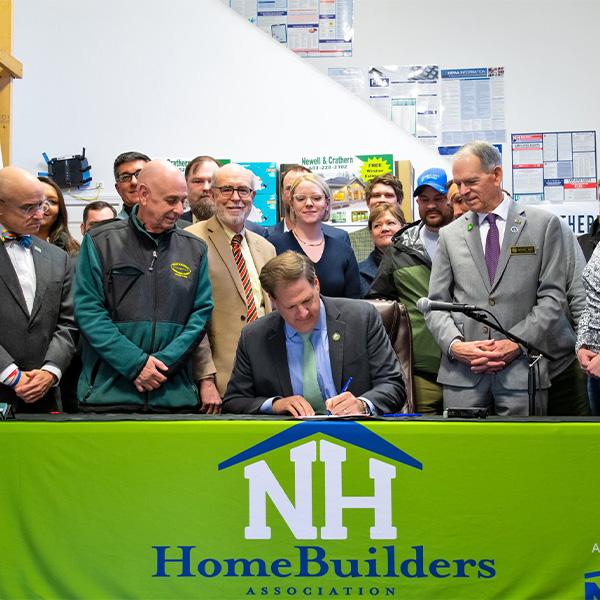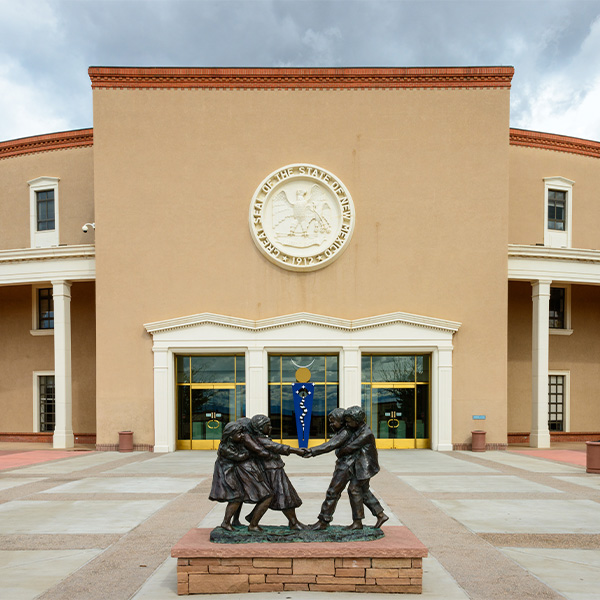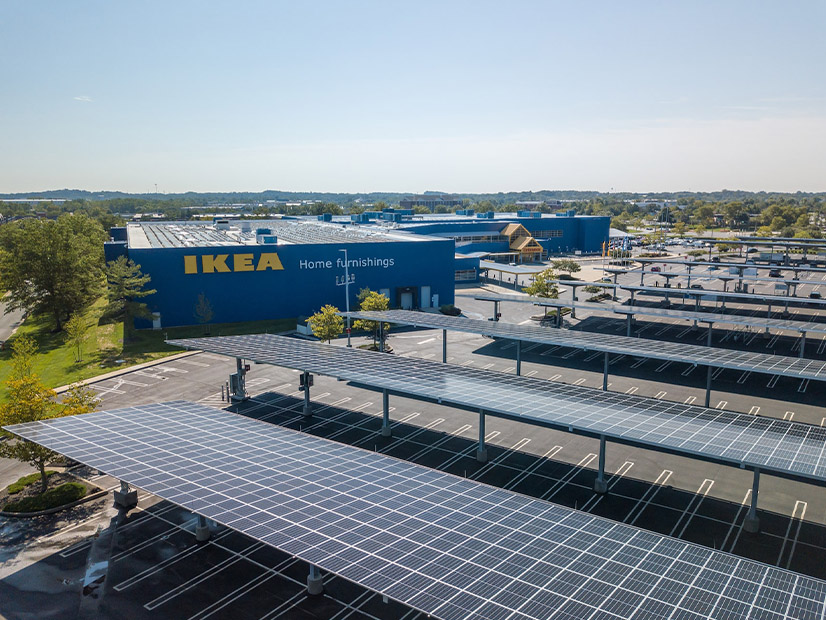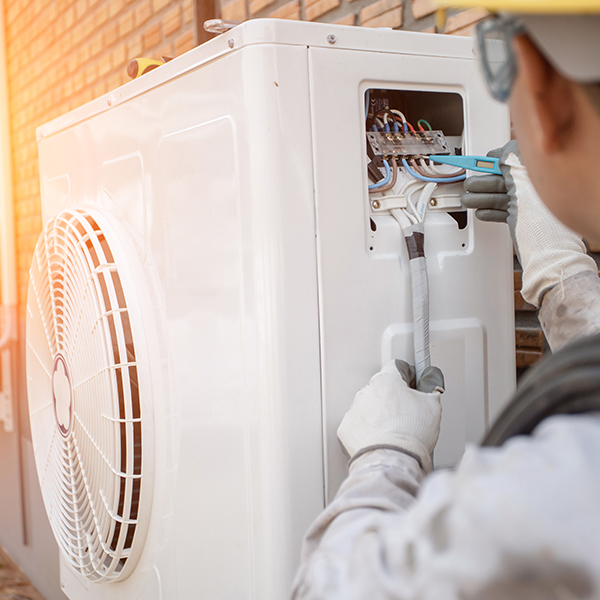Building Decarbonization
The Washington Senate voted along partisan lines to approve a bill designed to trim the carbon footprints of roughly 50,000 buildings in the state.
New Jersey could dramatically cut greenhouse gas emissions from buildings – the state’s second largest source of emissions – by replacing fossil-fueled boilers with heat pumps and other electric appliances and beefing up incentives for the equipment, according to a recent report from the New Jersey Conservation Foundation. Heat pumps can replace furnaces or boilers, …
Continue reading "NJ Enviros: Heat Pumps Can Cut Building Emissions, Costs"
New Hampshire utilities are starting to reopen their energy efficiency programs after the governor signed a law that provides funding certainty.
A bill that would have set a goal of net zero GHG emissions by 2050 failed in the New Mexico legislature, but proponents expect a similar proposal next year.
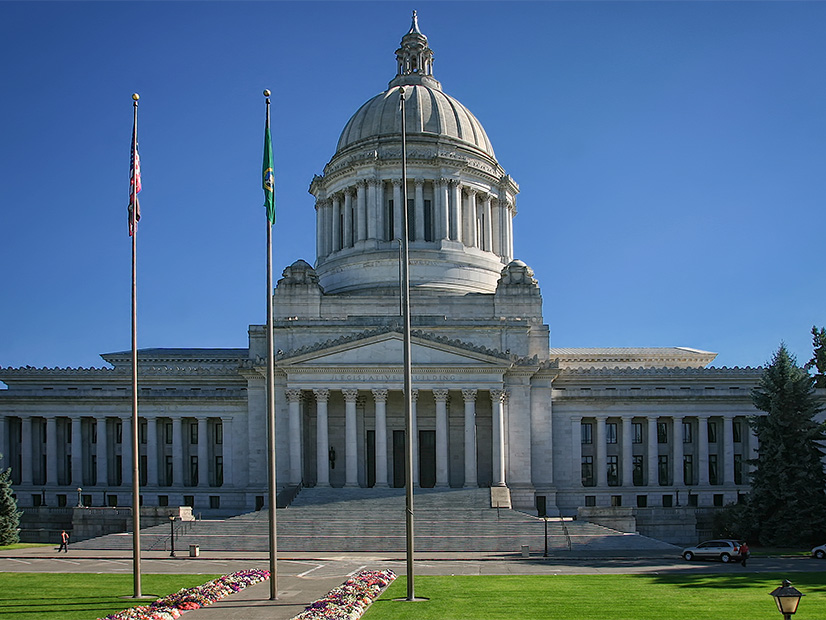
Cacophony, CC BY-SA 3.0, via Wikimedia Commons
A new Washington law will require all new "major" publicly owned or leased buildings to be designed with all-electric energy systems in mind.
The Massachusetts Commission on Clean Heat will spend the next month identifying policies and initiatives that can help achieve building sector emissions sublimits.
More than 90 companies, governments, universities and other organizations pledged to cut their GHG emissions 50% by 2030 in DOE's Better Climate Challenge.
The California Energy Commission adopted a goal of installing six million electric heat-pump HVAC units and water heaters in homes by 2030.
Maryland lawmakers are confident they will adopt more ambitious climate goals in 2022, after differences among Democrats stalled action last year.
Connecticut officials are accepting comments on the scope of the state’s Comprehensive Energy Strategy update through March 3.
Want more? Advanced Search

